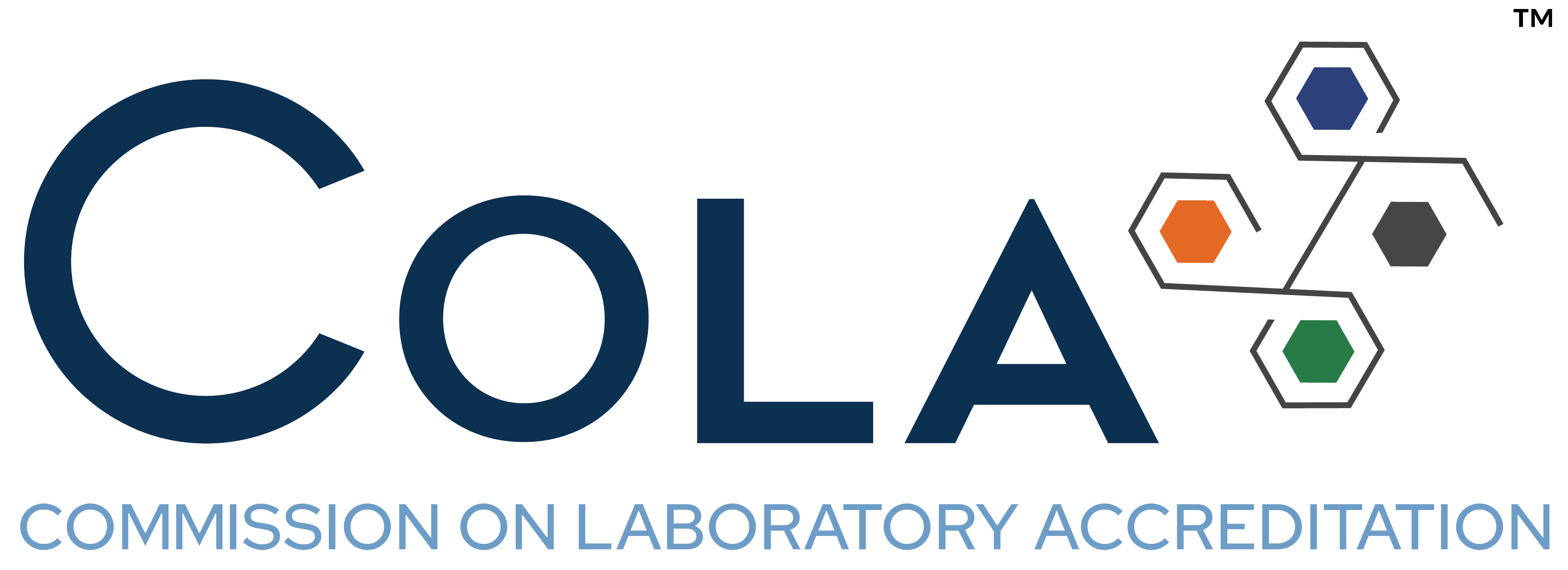Welcome to the final part of our series on Gain of Function Research (GOFR). This chapter highlights the National Science Advisory Board for Biosecurity’s (NSABB) newest recommendations, which seek to mitigate biosecurity and biosafety risks while advancing crucial research on potential pandemic pathogens. The COVID-19 pandemic, with conjectures about a potential laboratory leak, has reinvigorated discussions surrounding GOFR. This has led to renewed focus on the area and a call for U.S. regulatory bodies to reevaluate existing policies and consider extra preventive measures.
Shining a Light on the NSABB’s 2023 Recommendations
Let’s rewind to the 2016 NSABB’s GOFR recommendations. As a federal advisory committee, NSABB oversees biosecurity and dual-use research issues at the request of the U.S. Government. The board comprises experts from fields including molecular biology, microbiology, infectious diseases, biosafety, public health, veterinary medicine, plant health, national security, biodefense, law enforcement and scientific publishing.
In 2014, mounting concerns about GOF experiments that enhanced the transmissibility of a highly lethal avian influenza virus led to the commissioning of NSABB to probe these issues and suggest suitable recommendations. Based on insights gathered from international conferences and an exhaustive analysis of ethical implications, risks and benefits, NSABB put forth a set of recommendations in 2016. These recommendations triggered the implementation of stricter federal oversight on GOFR, particularly on those involving potential pandemic pathogens (PPPs). (For more details on the current oversight framework of GOFR involving PPPs, please refer to our previous blog post.)
Fast forward to February 2022. The Acting Director of the National Institutes of Health (NIH) assigned NSABB a new task: evaluating the current U.S. policies on PPPs and Dual Research Use of Concern (DURC) and formulating new recommendations. In January 2023, NSABB released a new set of recommendations aimed at reinforcing biosafety and biosecurity while ensuring vital research advances safely and promptly.
NSABB’s key recommendations include:
- Developing an integrated oversight system for research with significant biosecurity and biosafety risks, including PPP research and DURC.
- Mandating federal review for research that may amplify pathogen transmissibility or virulence.
- Eliminating automatic exceptions for surveillance and vaccine-related research and implementing rapid federal reviews for critical PPP research.
- Defining investigator and institutional roles in PPP research, streamlining compliance procedures and establishing a dedicated government office to support the review process.
- Revising OSTP P3CO Policy Guidance and HHS P3CO Framework to align with ethical principles and provide continuous oversight throughout the research lifecycle.
- Enhancing transparency in the review process by summarizing key funding decision factors.
- Considering analogous policies for research involving enhanced pathogens that threaten human health, the nation’s food supply and economic security.
- Sharing DURC policy best practices and engaging stakeholders in policy updates.
- Expanding the DURC definition to include research posing significant threats.
- Extending DURC review to encompass research involving any potential pathogen and carefully assessing the risks of bioinformatics and other in silico research methods.
- Advocating for uniform editorial policies, review processes and best practices for identifying biosecurity and biosafety concerns.
- Implementing equivalent oversight for all relevant research conducted within the U.S. and internationally, renewing commitments to international engagement and strengthening global biosafety and biosecurity norms.
Broadening the Perspective
Improving laboratory biosafety calls for several key considerations. Firstly, governmental organizations must provide transparency in their GOFR funding decisions. Agencies without a GOFR review process should institute a funding pause for any GOFR involving PPPs, according to the 2014 moratorium terms. Secondly, the oversight of privately funded GOFR needs exploration, perhaps through the voluntary use of government review processes. Finally, we require more transparency in GOFR, including the disclosure of review panel members.
While these actions might not fully reveal the potential causes of future pandemics, accessing the genetic sequences of biological agents tested and created in laboratories is vital for pandemic attribution efforts. Despite the biosecurity risks posed by publishing complete genetic sequences, releasing raw, unannotated sequence data from various experiments is likely of low risk and immensely valuable during a disease outbreak. Balancing these measures involves considering technical details and potential implications, but the benefits of regularly releasing raw sequence data from laboratories conducting GOFR might offset the biosecurity risks.
Wrapping Up
This marks the end of our exploration of GOFR. Throughout this illuminating journey, we have probed deeply into its definition, roots, practical applications, potential hazards, benefits and the complexities involved in balancing risks and rewards. We also examined the existing U.S. regulatory framework and the NSABB’s most recent proposals for an optimized GOFR oversight mechanism. The global repercussions of the COVID-19 pandemic emphasize the necessity for stringent measures when conducting GOFR involving PPPs, guiding us towards a safer and better prepared future.

